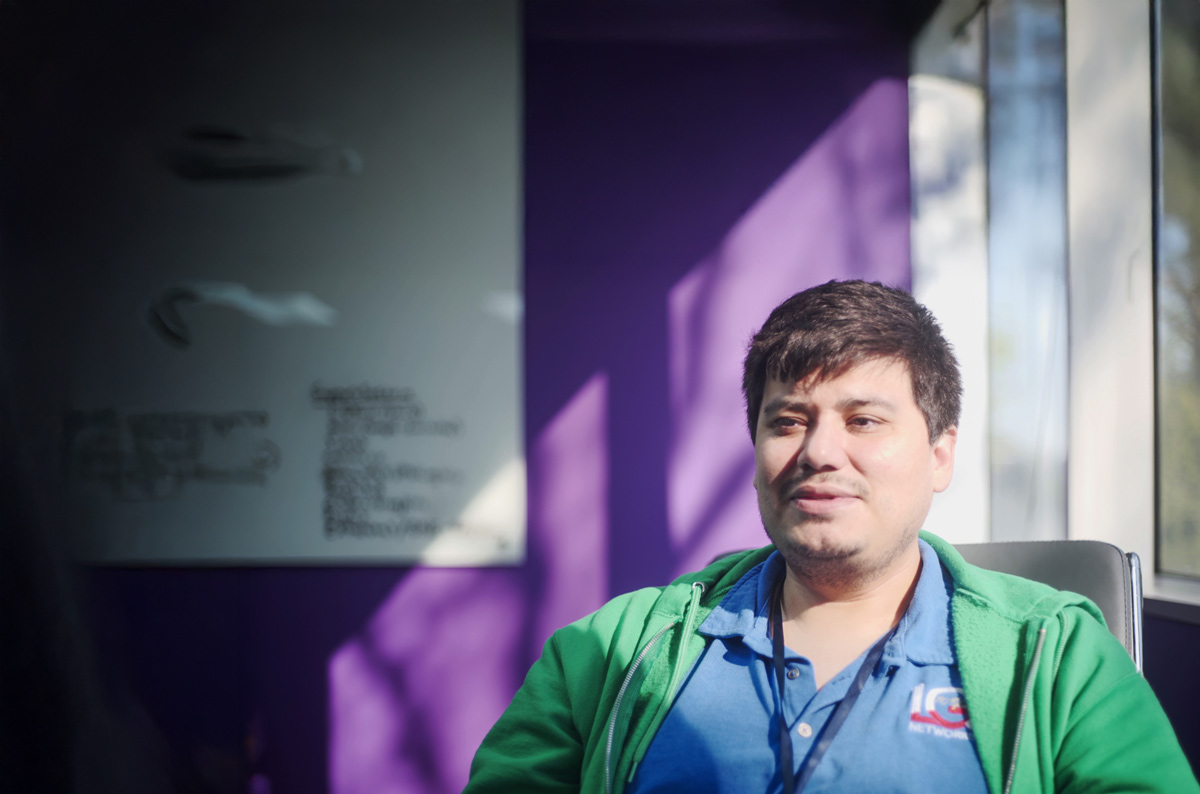 Windows 8
Windows 8
If you are one of the resistors of the Microsoft 8 tile interface with its touch screen quality, then you may have to consider giving in. The launch of Microsoft 8.1, the operating system’s first upgrade, reveals that the vibrant, colorful tiles are here to stay. However, tweaks and new features, while far from being dramatic, may be enough to tempt users who have until now been reticent or unsure.
It would be a little strange and somewhat annoying to present users if Microsoft had introduced huge changes and really different features to Windows 8. After all, this OS was radical enough and has still to win over many users. For Windows 8 users the 8.1 upgrade is free and for other users the price is USD $120, with the Professional Edition costing USD $200. For present users there seems little point not to upgrade. For others, considering the upgrade, there are a few features which might persuade them.
New Start button:
Windows 8 had many users feeling disorientated without the ability to click on the classic Start button in the bottom left hand corner. It seems that Microsoft might have been listening the gripes as the button is back. However, the techies may not have been listening hard enough as whilst the button launches to the Metro tile screen it doesn’t include the traditional start menu which is what many users miss.
Boot to desktop:
If you want to miss out the tiles and the Windows 8.1 Metro screen then the upgrade now allows users to boot up and go straight to their desktop. You can set this up by first of all clicking on the Desktop tile. From there, right-click and select Properties, then select Navigation. Here tick the Go to the desktop instead of Start when I sign in box. Click OK. The change will be effective when you reboot.
Configure the Start button:
Windows 8.1 also allows you more control over the start menu tiles that pop up. You can now configure this so that it displays the Apps screen instead. This can be useful for businesses who want to have all their apps right there visible in front of them. To configure the Start button:
- Right click on taskbar and select Properties.
- Click on Navigation.
- In the Start screen tick the Show the Apps View Automatically When I Go to Start box.
- Click OK. Click on the Start button and the Apps will show.
More screen control:
You are able to display more tiles and apps on screen with Windows 8.1 and you can also organize apps more easily. These can be resized and renamed and sorted into categories and which are most used. When two apps are open at the same time these can be resized, which allows for easier multi-tasking too. Still more control comes with the new feature of being able to add your own tile backdrop, which is much more reminiscent of the classic desktop look with tiles sitting on top.
Omnisearch:
Perhaps one of the biggest changes is with Search. When you tap in a search this is extended beyond your computer and includes the Internet too and Bing. There is intelligence added to the searches too with relevant information being presented too. Type in the name of a city and the weather will pop up. Links to Microsoft apps will also be visible on the dashboard too. The screenshot carousel look of the results is pleasing to the eye but the limitations of Bing’s searches and the default to helpfully present accompanying information which you might not want may prove a little tiresome if nothing else.
Windows 8.1 may not have enough startlingly different features to sway you to the tile UI but it certainly lets users know that tweaks aside, the modern look of Microsoft’s OS is here to stay. With more personalization possible businesses may become more interested too and if you want to find an OS that works for your needs then get in touch.







